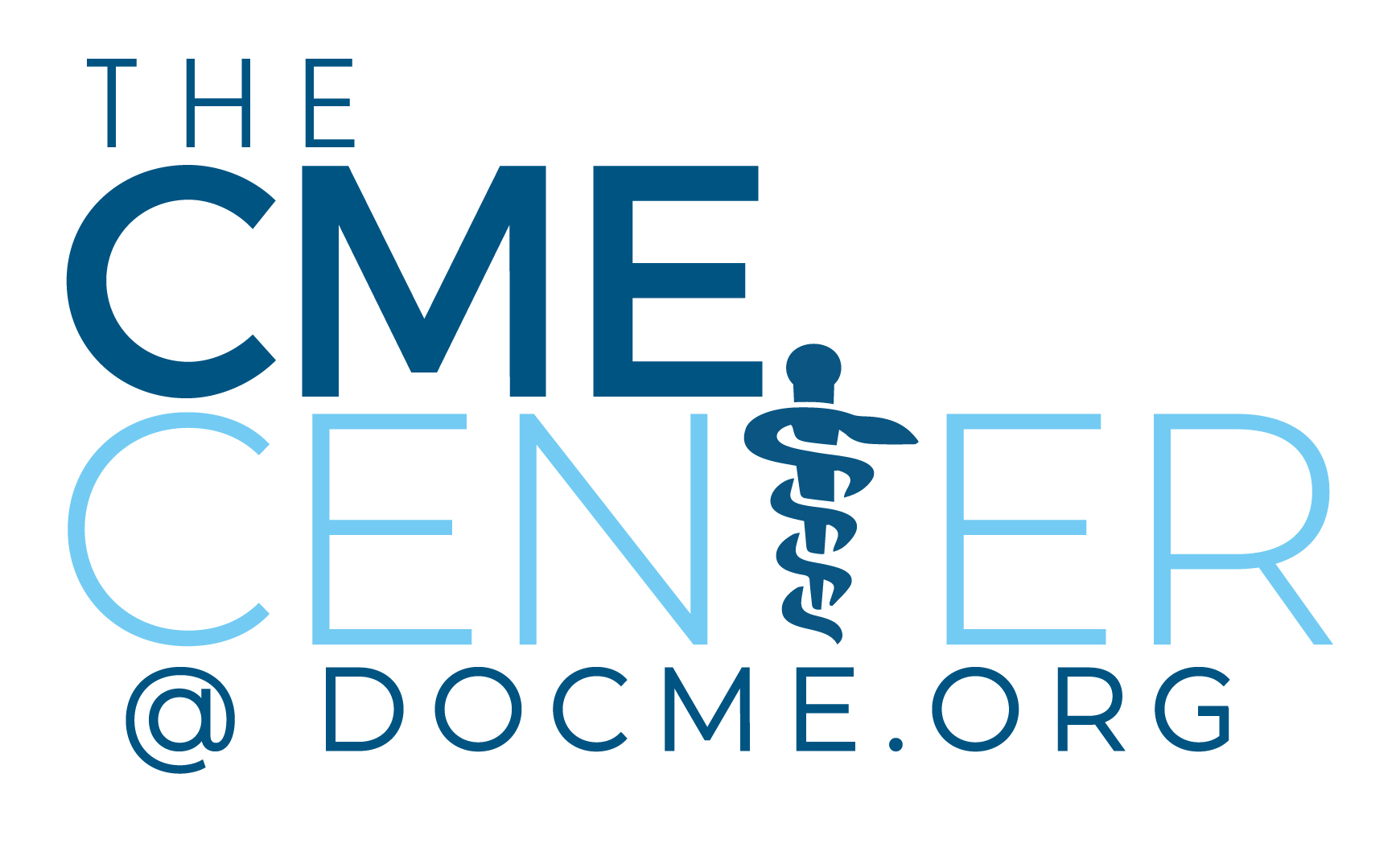- About
- Advocacy
- Membership
- Education & Events
- Students & Residents
- Residency Tour of Virginia
- Edward Via College of Osteopathic Medicine
- Liberty University College of Osteopathic Medicine
- Resources for Students and Residents
- VOMA Scholarship
- Student Osteopathic Medical Association
- Council of Osteopathic Student Government Presidents
- American Association of Colleges of Osteopathic Medicine
- A.T. Still Park
- Physician Resources
What is a D.O.?What is Osteopathic Medicine?You are more than just the sum of your body parts. That's why doctors of osteopathic medicine (DOs) practice a "whole person" approach to medicine. Instead of just treating specific symptoms, osteopathic physicians concentrate on treating you as a whole. Osteopathic physicians understand how all the body's systems are interconnected and how each one affects the others. They focus special attention on the musculoskeletal system, which reflects and influences the condition of all other body systems. This system of bones and muscles makes up about two-thirds of the body's mass, and a routine part of the osteopathic patient examination is a careful evaluation of these important structures. DOs know that the body's structure plays a critical role in its ability to function. They can use their eyes and hands to identify structural problems and to support the body's natural tendency toward health and self-healing. Osteopathic physicians also use their ears to listen to you and your health concerns. Doctors of osteopathic medicine help patients develop attitudes and lifestyles that don't just fight illness, but help prevent it, too. Millions of Americans prefer this concerned and compassionate care, and have made DOs their doctors for life. Professional EducationTo become an osteopathic physician an individual must be a graduate of an osteopathic medical school. Each school is accredited by the Bureau of Professional Education of the American Osteopathic Association. This accreditation is recognized by the U.S. Department of Education and the Council on Postsecondary Education. Typically, applicants to osteopathic colleges have a four-year undergraduate degree, and complete specific science courses. Applicants must take the Medical College Admissions Test (MCAT). Osteopathic medical schools also require a personal interview to assess the student's interpersonal communication skills. The osteopathic curriculum involves four years of academic study. As a reflection of the osteopathic philosophy, the curriculum emphasizes preventive medicine and holistic patient care. Medical students learn to use osteopathic principles and techniques for diagnosis and treatment of disease throughout the curriculum. After completing osteopathic medical college, DOs serve a one-year internship, gaining hands-on experience in internal medicine, obstetrics/gynecology, family practice, pediatrics and surgery. This experience ensures that osteopathic physicians are first trained as primary care physicians even if they plan to pursue a specialty. The internship provides every DO with the perspective to see and treat every patient as a whole person. Many DOs then choose to take a residency program in a specialty area, such as internal medicine, surgery, pediatrics, radiology or pathology. A residency typically requires from two to six years of additional training. LicensureAll physicians (both DOs and MDs) must pass a state medical board examination in order to obtain a license and enter practice. Each state board sets its own requirements and then issues the license for the physician to practice in that state. Complete CareDOs are complete physicians. That means they are fully trained and licensed to prescribe medication and to perform surgery. DOs and allopathic physicians (MDs) are the only two types of complete physicians. DOs practice in all branches of medicine and surgery, from psychiatry to obstetrics; from geriatrics to emergency medicine. However, DOs are trained to be doctors first, and specialists second. The majority are family-oriented, primary care physicians. Many DOs practice in small towns and rural areas, where they often care for entire families and whole communities. |


